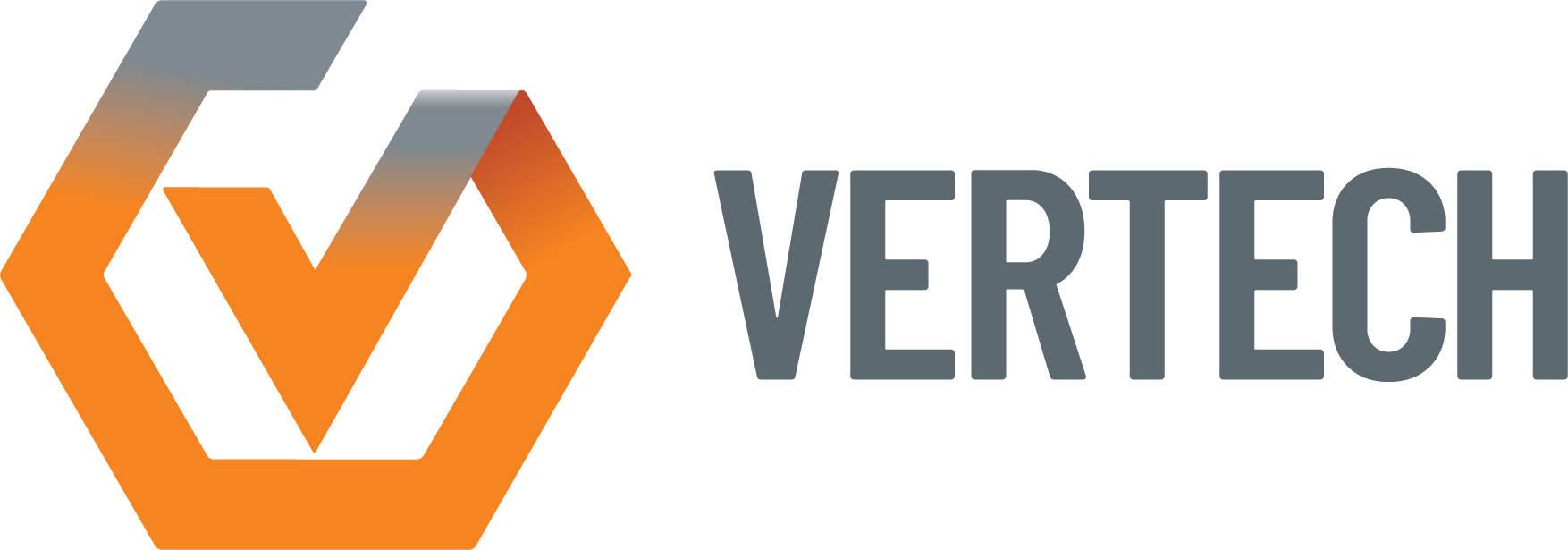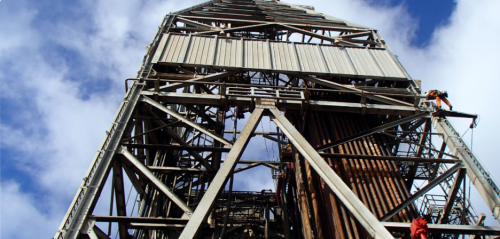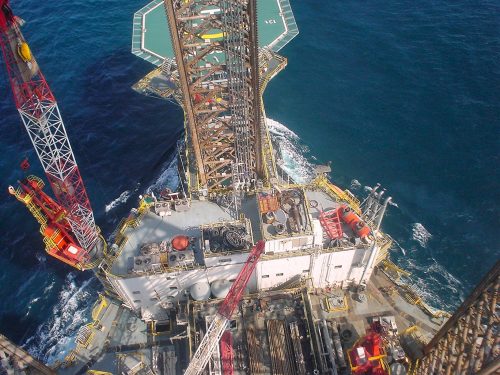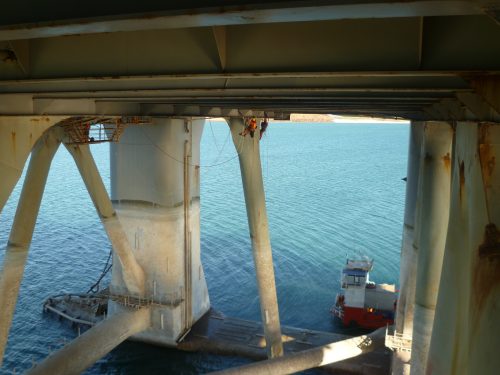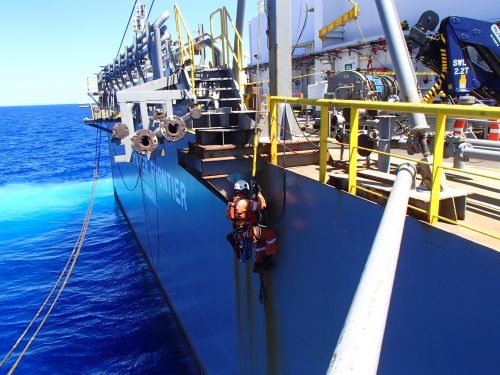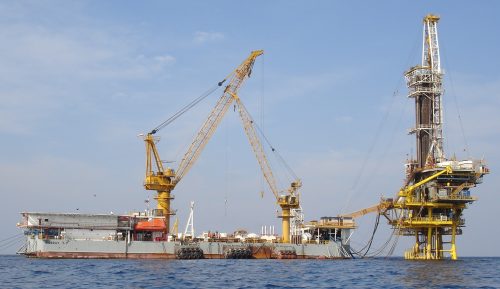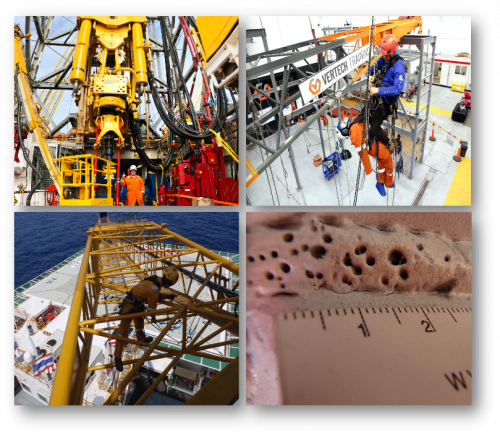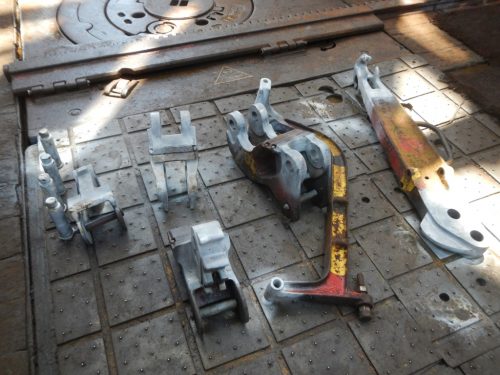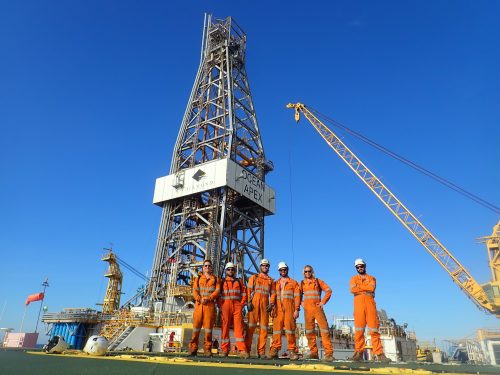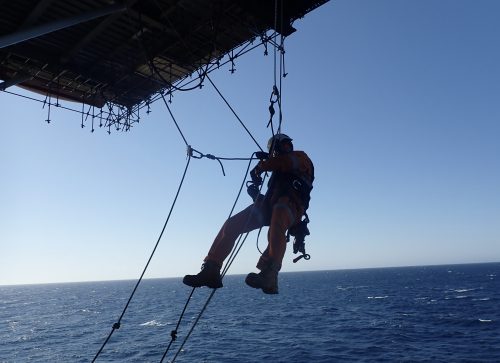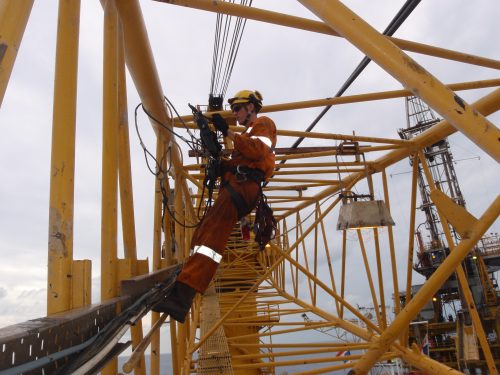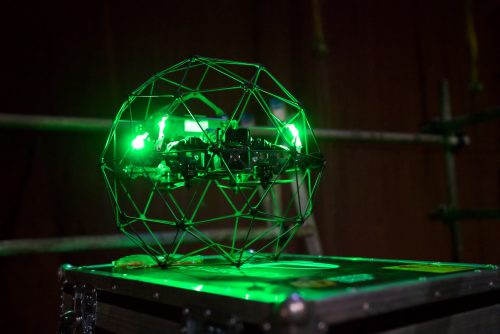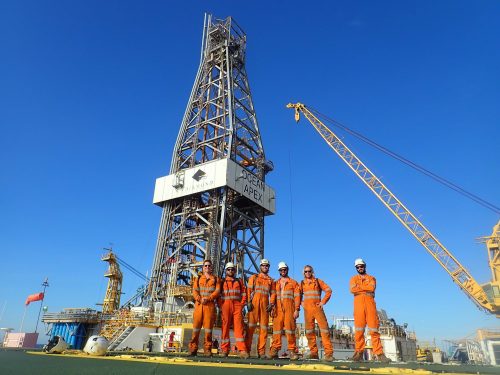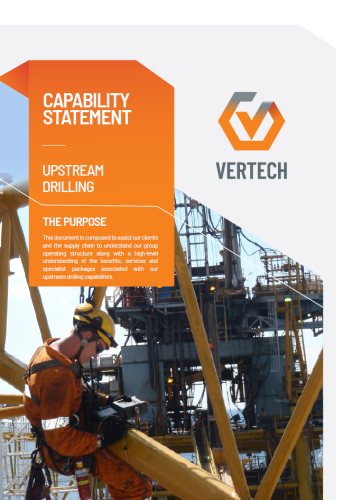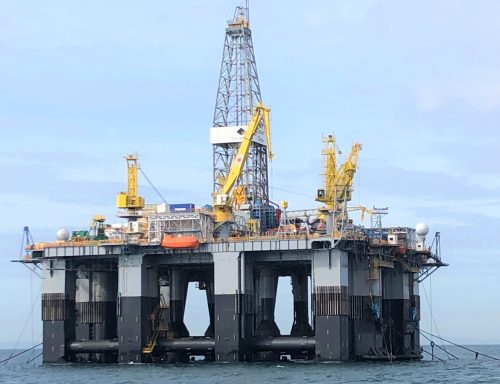
Vertech has a wealth of experience servicing the upstream drilling market and intimately understands the specific challenges faced in this sector. Our approach is to ensure minimal impact on drilling operations while providing a safe, high-performing, and cost-effective service that complies with the necessary standards.
Mobilising our experienced workforce from our strategically located facilities in WA, NT, QLD, and NZ, we have delivered full Special surveys, comprehensive lifting and drill handling tool management programs, NDT inspections, derrick maintenance and repairs, Top Drive System (TDS) inspections and DROPS programs across all asset types.
